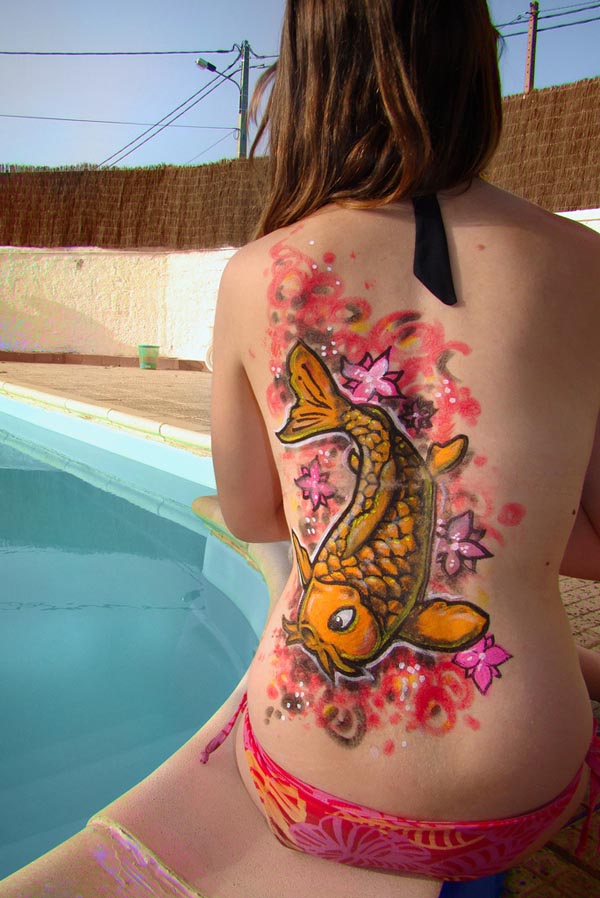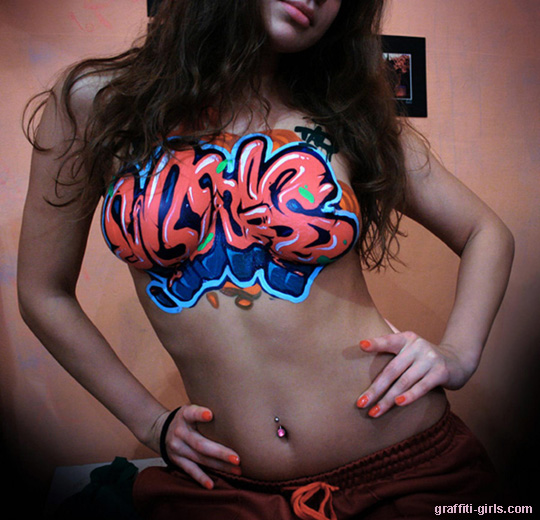
Graffiti is often seen as having become intertwined with hip hop culture and the myriad of international styles derived from New York City Subway graffiti (see below). However, there are many other instances of notable graffiti this century. Graffiti has long appeared on railroad boxcars and subways. The one with the longest history, dating back to the 1920s and continuing into the present day, is Texino. During World War II and for decades after, the phrase "Kilroy was here" with accompanying illustration was widespread throughout the world, due to its use by American troops and its filtering into American popular culture. Shortly after the death of Charlie Parker (nicknamed "Yardbird" or "Bird"), graffiti began appearing around New York with the words "Bird Lives". In the sixties American graffiti proclaiming that "Yossarian lives!", was briefly popular, a reference to the protagonist of Joseph Heller's novel Catch-22. The student protests and general strike of May 1968 saw Paris bedecked in revolutionary, anarchist, and situationist slogans such as L'ennui est contre-révolutionnaire ("Boredom is counterrevolutionary") expressed in painted graffiti, poster art, and stencil art. In the U.S. at the time other political phrases (such as "Free Huey" about Black Panther Huey Newton) became briefly popular as graffiti in limited areas, only to be forgotten. A popular graffito of the 1970s was the legend "Dick Nixon Before He Dicks You," reflecting the hostility of the youth culture to that U.S. president.
Rock and roll graffiti is a significant sub genre. A famous graffito of the 20th century was the inscription in the London subway reading "Clapton is God". The phrase was spray-painted by an admirer on a wall in an Islington Underground station in the autumn of 1967. The graffiti was captured in a photograph, in which a dog is urinating on the wall. Graffiti also became associated with the anti-establishment punk rock movement beginning in the 1970s. Bands such as Black Flag and Crass (and their followers) widely stenciled their names and logos, while many punk night clubs, squats and hangouts are famous for their graffiti. In the late 1980s the upside down Martini glass that was the tag for punk band Missing Foundation was the most ubiquitous graffito in lower Manhattan, and copied by hard core punk fans throughout the U.S. and West Germany.
The modern day graffiti artist can be found with an arsenal of various materials that allow for a successful production of a piece. Spray paint in aerosol cans is the number one necessity for graffiti . From this commodity come different styles, technique, and abilities to form master works of visual graffiti. Spray paint can be found at hardware and art stores and come in virtually every color.
Stencil graffiti, originating in the early 1980s, is created by cutting out shapes and designs in a stiff material (such as cardboard or subject folders) in order to form an overall design or image[. The stencil is then placed on the canvas gently and with quick, easy strokes of the aerosol can, the image begins to appear on the intended surface. This method of graffiti is popular amongst artists because of its swift technique that requires very little time. Time is always a factor with graffiti due to the constant threat of getting caught by law enforcement.
Modern graffiti art often incorporates additional arts and technologies. For example, Graffiti Research Lab has encouraged the use of projected images and magnetic light-emitting diodes as new media for graffiti writers. The Italian artist Kaso is pursuing regenerative graffiti through experimentation with abstract shapes and deliberate modification of previous graffiti artworks. Yarnbombing is another recent form of graffiti. Yarnbombers occasionally target previous graffiti for modification.















0 comments:
Post a Comment